The Rare Malts Selection Caol Ila 1978 23 years old
In cooperation with expert whisky retailer Best of Wines, in the next months I will publish blogs about a few expressions in Diageo’s legendary Rare Malts Selection. This was a series devised to highlight the more obscure malts in the company’s portfolio, long before the interest in single malt whisky rose to its current day status. We indeed got very rare examples of lost distilleries (Port Ellen), unknown ones (Mannochmore) and regular ones at deviant ages (Clynelish). In one form or another, 121 versions were released. Today we continue our journey through liquid history with an expression of one of the two Islay malts represented in the Rare Malts Selection: Caol Ila.
One of only two Islay distilleries in the Rare Malts Selection? Well, yes, the name “rare” truly stood for something in those days. Diageo (and predecessor companies) owned three distilleries on the famous island known as the birthplace of stunning peated whisky. With Lagavulin being one of them, they already had a distillery that did not need more spotlight. In the 1980s, Lagavulin was even chosen as one of the six classic malts, and deservedly so. What remained were two of the more obscure production facilities. In the late 1960s, the old Port Ellen Distillery was awoken after almost being silent for 40 years. In the end, it produced only for some 15 years. The other distillery, the one of our focus today, is the cherished Caol Ila Distillery.

When you visit Islay today, and more particularly Caol Ila, there is no way you can miss exactly who cherished the whisky so much: this would be the blenders of the world famous Johnnie Walker Blended Scotch. Caol Ila is considered one of the big contributors to the success and quality of the brand, and therefor cannot be missed. Among this select group are also Cardhu and Clynelish. Caol Ila Islay single malt is however also the darling of the whisky connoisseur. Not only because it is an Islay malt and per definition in a class of its own, but also because there is a lot of expressions available, not in the least thanks to independent bottler. Caol Ila is an easy pick, because quality is always that high, your really have to try hard to ruin a cask of that stuff!
In a long and checkered history, a few moments in the latter day story of Caol Ila stand out. Firstly, at the beginning of the century, we saw Diageo starting to notice the high quality and probably also the demand for Caol Ila expressions, and promoted the little seen malt to a series of their own. It was the start of a modest core range, consisting over the years of the 12 years old, a cask strength and older expressions like an 18 and 25 years old. There is a distillers edition on Muscatel casks and a NAS-expression called Moch. Secondly, in the 1970s, the rebuilding of the distillery into a whole new facility was a big event for Caol Ila. An event that would also lead to the creation of the Brora Highland single malt. The distillery and the whisky as we know it today, was born then.
Let us first go back to the very start of the Caol Ila story. The distillery was established in 1846 as what Ulf Buxrud calls it in his standard work about the Rare Malts Selection, “the jewel of the Henderson, Lamont & Co” undertaking. Founding father was Hector Henderson, who had already worked in the whisky industry before, with connections to the Littlemill Distillery and a few Campbeltown facilities. When he moved to Islay, his hands were still itching to produce whisky, hence the Caol Ila Distillery came to be. The site was perfect, in a bay with sufficient water supply running from Loich nan Ban. The company was not run in the best way, financially speaking, so Caol Ila changed ownership a few times in the decades to follow, even being partnered for a while with the Isle of Jura Distillery, which was not that far away, obviously.
An important move from one owner to the other, was when Caol Ila was acquired by Bulloch, Lade & Co around 1863. This was a blending firm based in Glasgow, also owning the Loch Katrine Distillery in that city. They must have been the first to recognize the incredible blending potential of Caol Ila. The distillery got a good deal of modernization in 1879 with an expansion in production capacity. New buildings were erected from a new material that made its debut on Islay: concrete. Another highlight of the Bulloch ownership era was the establishment of a small pier. Famous are the stories from the little puffer boat called Pibroch. The ship served until 1972 and is the subject of hero stories about saving people at sea during storms swooping through the numerous sea lochs surrounding and splitting Islay and Jura.
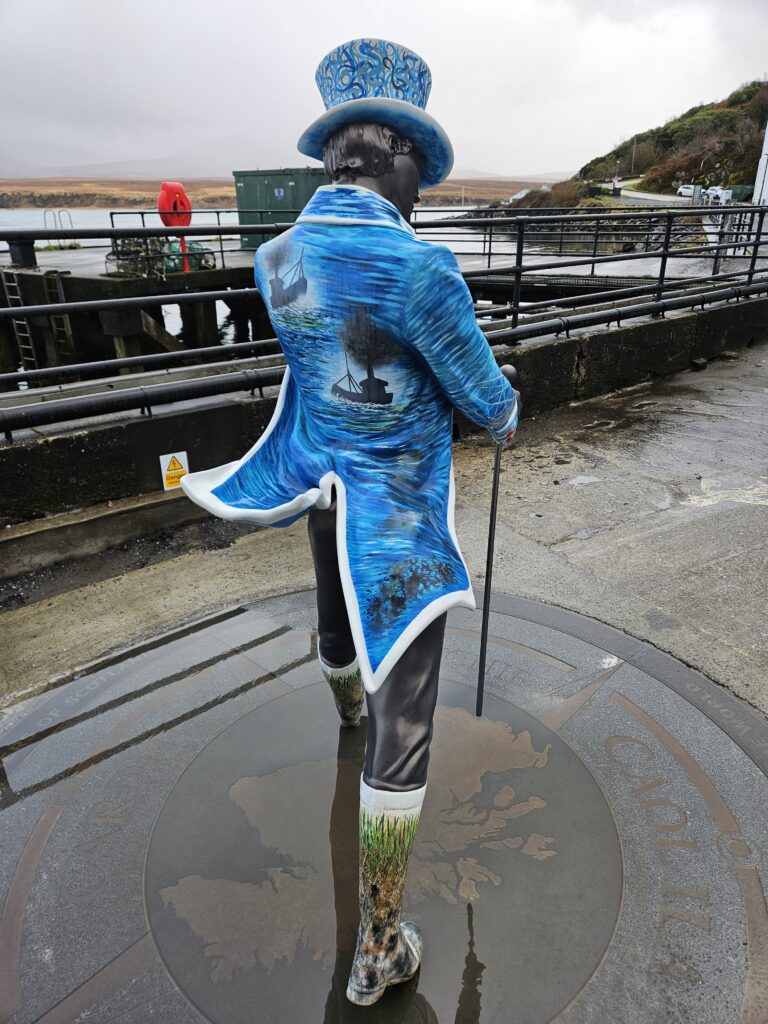
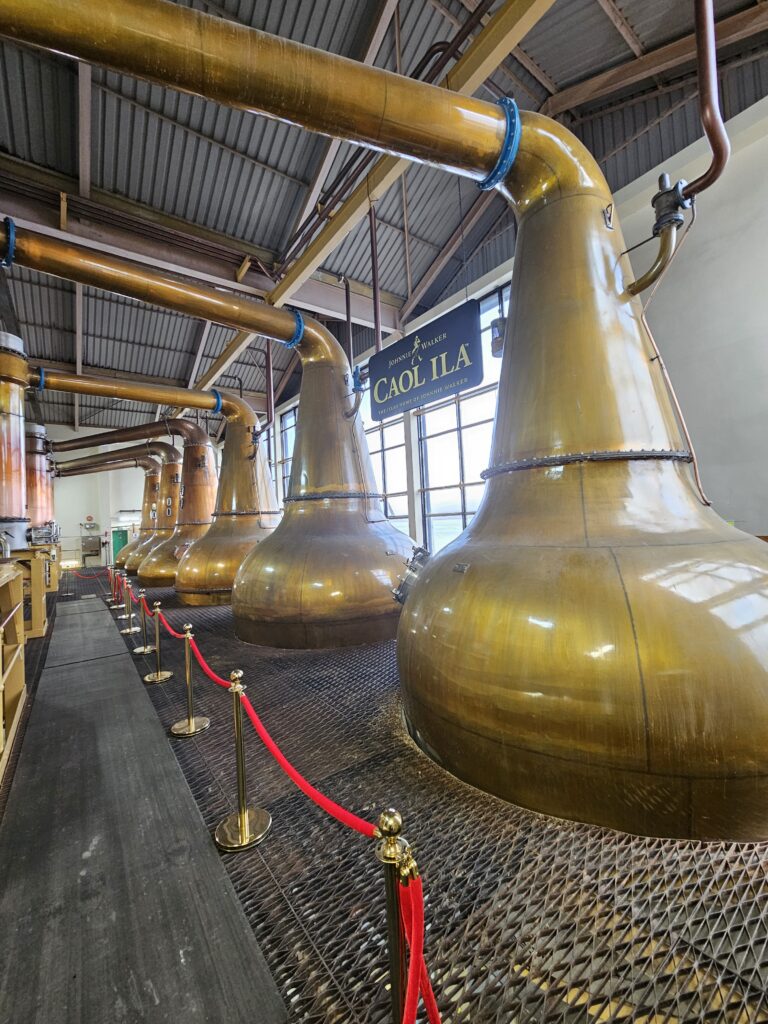
The boat brought in all kinds of materials, and this all remained quietly the case until life changed drastically for the Caol Ila Distillery. Ownership changed, markets collapsed, World Wars happened, but in between Caol Ila was most times working at full capacity. The importance of the spirit is felt, whichever history book you research, but after decades it became clear that Caol Ila had been neglected for so many years, it was decided that building a complete new distillery was the smartest solution. The warehouses remained, but all equipment was abandoned in favour of a completely new production facility that was created in the early 1970s. The buildings you see these days, hail from that time period, which is also visible in the very typical architecture. If you visit Glendullan, Clynelish or Glen Ord, everything looks more or less the same.
The happy accident forthcoming from the closure of Caol Ila between April 1972 and January 1974 was that the blenders missed they favourite component. In Brora, the old Clynelish distillery was activated again to produce an Islay style whisky, leading arguably to what is considered today one of the best single malts ever made: Brora Highland single malt whisky. But do not skip over Caol Ila from just after the establishment of the new distillery: this will blow you off your socks!
After reopening in 1974, Caol Ila became one of the biggest distilleries in the (current day) Diageo portfolio. Now being supplied with peated malt with the exact same specification as Lagavulin, all coming in from Port Ellen Maltings, there was no more malting onsite. An interesting fact from the days before the rebuilding is that Caol Ila operated indirectly heated spirit stills, but direct coal-fired wash stills. In recent times, there have been production batches of unpeated or so-called “Highland style” Caol Ila. Everything about Caol Ila is big, the still room, the giant mash tun, and the general output (6.5 million litres in 2025). Major works have been done to the distillery in recent years, not in the least to turn the location into one of the Johnnie Walker distillery experiences. Having done a tour there in January 2025, I can only say this was done with taste and respect to Caol Ila’s rich past and quality whisky, one legend we will taste right now!
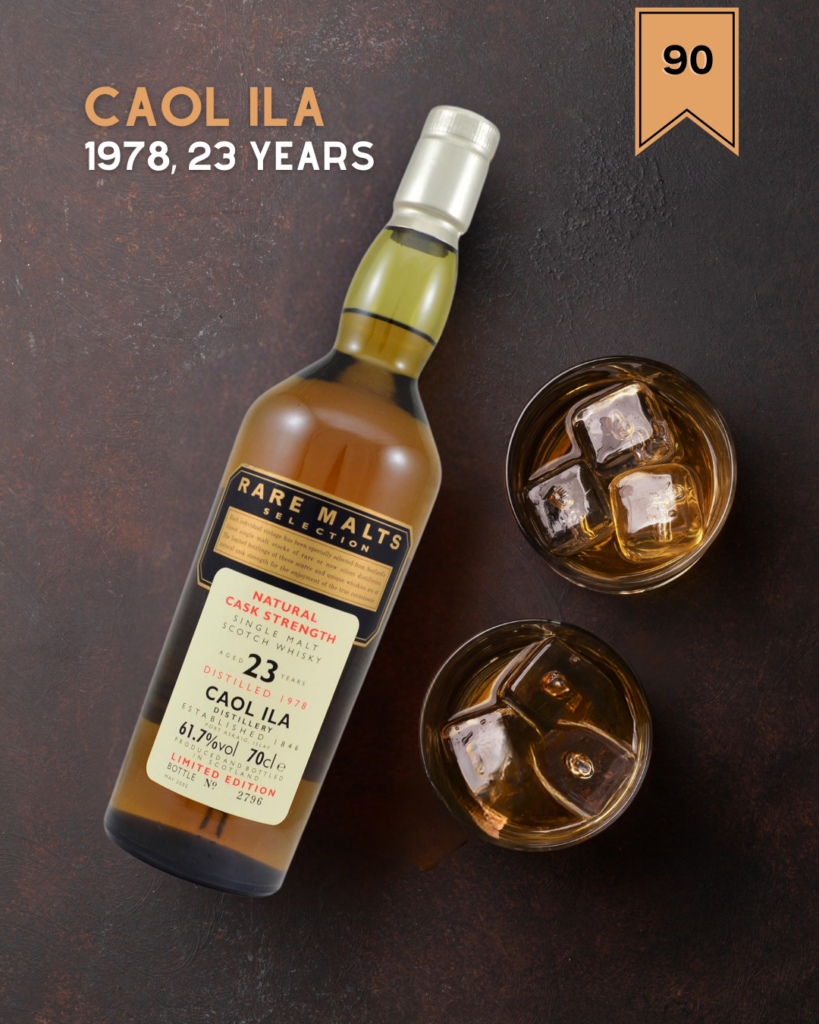
Caol Ila 1978, 23 years old, bottled at 61,7 % abv
First things first: Not much is known about cask make-up schemes for Caol Ila. One source has it at a 10 years maturation period, but this might be outdated information. Since Caol Ila is used to great effect in Johnnie Walker Black Label (which is a 12 years old) and has a standard expression also at 12 years old, I guess that is the goal these days. But when laid down in 1978, who knows what the dominant aim was for this single malt. In any case, it turned into this 23 years old. Two years later, from the same stock a limited edition 25 years old was created for the Special Releases of 2004. Then, 6000 bottles were made from refill oak stock. We can assume this is more or less in the same direction (but an assumption nonetheless).
Upon Sipping: To be very honest, I was never the biggest fan of this expression. The high abv, the general austerity of the whisky, it all kept me too much in the dark. As always with bottlings in the RMS, you need patience and perhaps – dare I say it without sounding like a snob – a bit more knowledge. Do not feel discouraged, at first sniff now, I can draw the conclusion I just was not ready to enjoy this whisky to its maximum when I first tried it. Too inexperienced. I still remember buying a bottle of this stuff in a whisky specialist store in Berlin, around 2008 it must have been. Cracking it open at home, and being disappointed. Now, I savour the fact that this Caol Ila is a very austere, straightforward, Islay powerhouse. So yes, lots of lemon and brine, hints of ozone, but it all feels heavy, mature, important.
Like an elderly person speaking of times you cannot imagine, like when I was young in school and someone’s grandfather came to talk about the Second World War. We sat up straight and gasped at the stories. I am now gasping at this complex Caol Ila.
There are certainly lots of maritime hints, which are maybe less present in modern-day Caol Ila. Today, Islay malt relies perhaps a bit too much on the peat, where other ingredients are just as important. Barley, water, the casks. Mature wooded notes mingle with the smoky character, resulting in damp warehouse atmosphere. The peat is mostly there in the lemons. Furthermore, there is a total absence of fruity notes. If anything, the nose deviates towards other sour fruits, maybe some grapefruit, but that is about it. The undiluted sip leans strongly on the briny notes, with ashy hints and dark chocolate. This RMS Caol Ila does take water well, so no problem to play around with your jug. I have tasted this challenging whisky over the course of three separate sessions, to really get to the bottom of it. On the last try before finishing up this blog, I suddenly picked up a beautiful peated, smoky barley sensation.
Word to the Wise: The casks really lifted the Caol Ila spirit on their shoulders and let it shine in all its simplicity. As straightforward as an Islay single malt can come at you, without any feathers or pearls. A style that has disappeared from the landscape, but is also successfully resurrected by the likes of Kilchoman and Ardnahoe. Caol Ila is and remains the hidden secret of Islay, and long may it remain so. This is a bottle that forms a benchmark to the definition of true Islay whisky.
Score: 90 points.
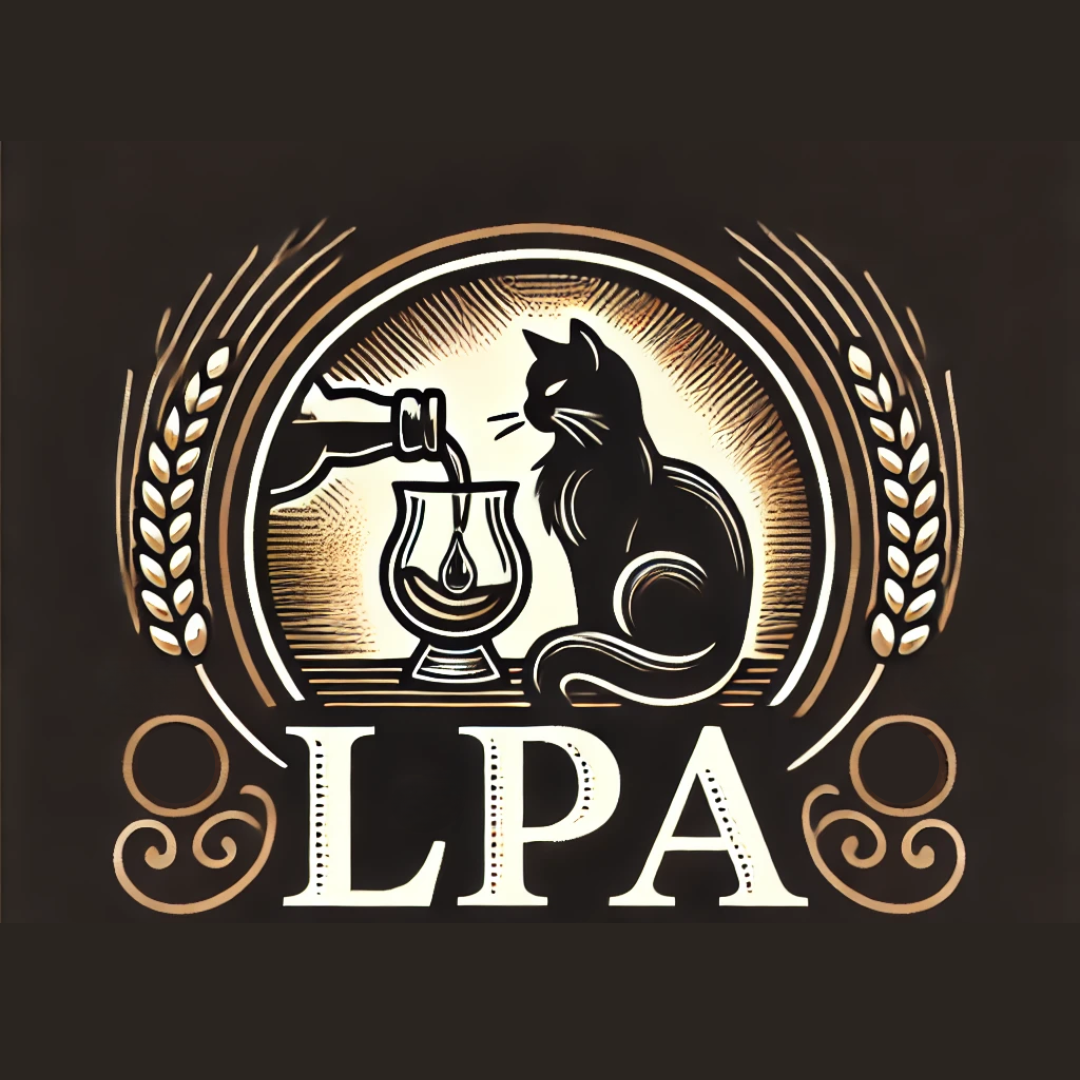
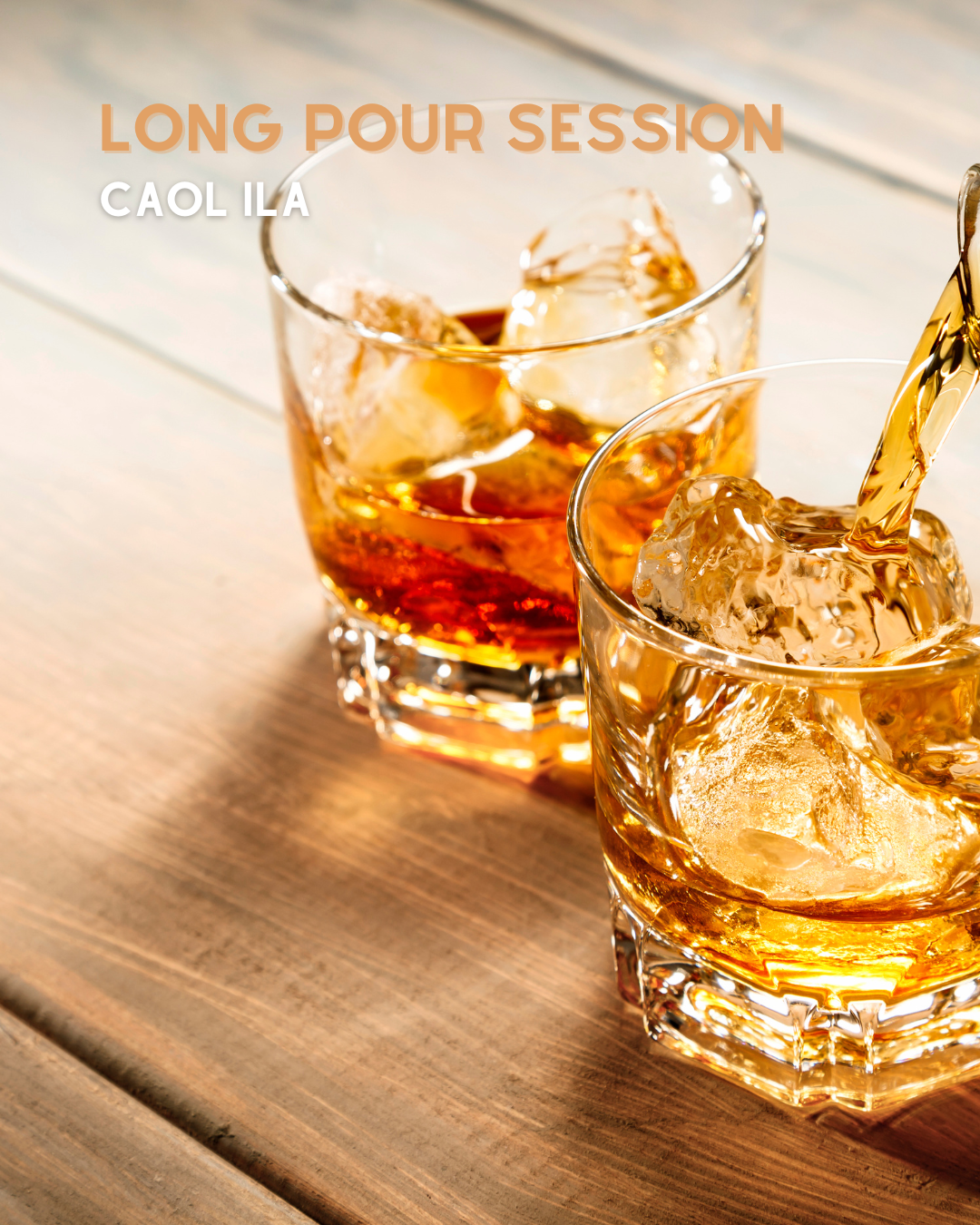
Geef een reactie